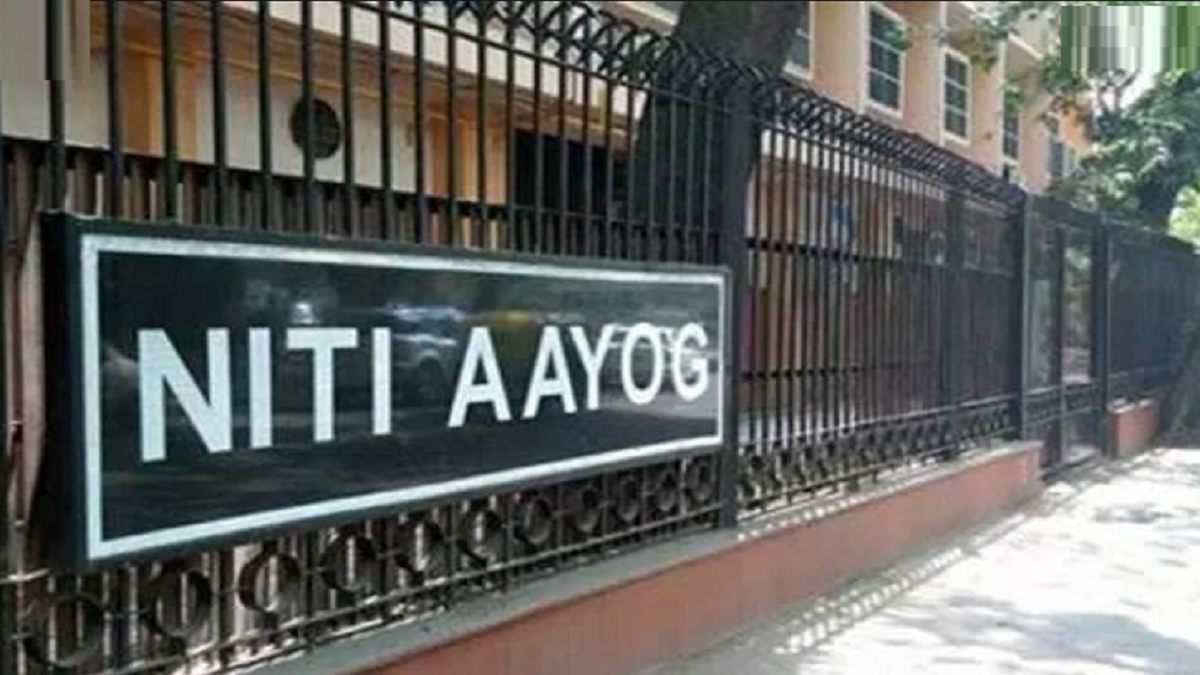


Online Dispute Resolution (ODR) uses technology to make access to justice more efficient, affordable, and can help reduce the pendency in courts. It can be used as a mechanism for solving disputes outside of the formal court system in an affordable and quick way.
The Covid-19 pandemic has completely altered how we function, and while it is a great challenge that we must all combat together, it is equally important that we use any opportunity available to help alleviate the challenges faced by those most vulnerable to its overarching impact. One of the most encouraging developments recently is just how progressive and in fact innovative the Supreme Court has been in adopting technology.
Chief Justice S.A. Bobde has on a few occasions mentioned the potential benefits of AI in non-decision making technology adoption to make courts more efficient. Justice D.Y. Chandrachud, who leads the e-courts initiative, has initiated critical changes that are already noticeable. The introducing of e-filing from anywhere in India making it available 24×7 is nothing short of a game changer.
Indian courts today are quickly adopting leading practices, in a sustainable and forward thinking manner. I have great hope that we are witnessing a visionary period in the history of India’s court system. NITI Aayog recently held a closed door meeting on ODR where Justice Chandrachud, Justice Sanjay Kaul, Justice Indu Malhotra, and retired Justice A.K. Sikri spoke positively of ODR’s potential.
We also greatly benefited from the contribution of Mr. Nandan Nilekani, Mr. Colin Rule, and representatives from the legal fraternity, the government and from industry during the meeting. Through a combination of several factors, we are at the cusp of transformative change, and with alterations necessitated by the pandemic technology will play a key role in widening equity and affordability.
The pandemic has forced a shift towards solutions that minimize contact and can be activated through technology, including for resolution of disputes. The unfortunate circumstances have iterated the crucial role of technology in allowing remote contactless support to daily work roles, flagging its importance to a flat and affordable form of access to justice. In today’s age of data-driven solutions and machine learning, ODR is much more than just replicating existing processes of ADR online.
This is because technology can aid the resolution of disputes by providing analytic insights for the benefit of dispute resolution. Even before the Covid crisis there was a growing recognition of the fact that in a country as large and fast-growing as ours, it was essential to resolve a large number of disputes collaboratively outside of courts to sustain trust between the parties.
So, while we digitize our courts and make them far more efficient, we will still need collaborative mechanisms of resolution that do not require parties to approach courts. Most small and medium value disputes could potentially be resolved without approaching courts, allowing courts to focus on more complex cases or that of high public interest. A collaborative mechanism of ODR provides this potential to resolve a substantial percentage of disputes at the site of their occurrence without burdening the courts.
Progressive and disruptive changes in justice delivery are critical components now that can alter the course of access to justice in an unprecedented way. Each arm of the Indian system must and is working towards a solution driven future, and that is where the change will be visible. It is highly likely there will be a deluge of disputes in the courts – most notably in lending, credit, property, commerce and retail – in the coming months that will require expedient resolution.
This is why new innovation models such as ODR need explicit support. Support now, would encourage businesses to build ODR mechanisms into their partner and customer relationships. Banks, NBFCs and MFIs could then prioritize ODR before they approach debt recovery tribunals. Families would take recourse to ODR to address sensitive issues, and so on. Hence, with ODR, a “mechanism of justice” would be made accessible, affordable and easily available for citizens.
On April 8, the Hong Kong Government took cognizance of a similar situation by initiating the Covid-19 ODR Scheme. The new Scheme aims to provide speedy and cost-effective means to resolve disputes relating to COVID-19, especially those involving micro, small and medium-sized enterprises. It recognizes that MSMEs cannot survive through this period with the repeated postponement of legal proceedings and the uncertainty which follows for a long period of time.
A robust ODR ecosystem in India will have potential to: Reducing the load on courts by resolving high volume of disputes outside the courts. Facilitating access to justice and the ease of doing business by making dispute resolution cheaper, quicker and most importantly equally credible as conventional methods of dispute resolution. Increasing trust in businesses and also within society by prioritizing collaborative resolution. It is vital that key stakeholders come together to see what steps can be taken to remove the barriers to scalable ODR solutions.
The result could be a range of creative, technology driven and ADR inspired solutions that could significantly reduce the load on the courts. We will be looking closely into ODR in the coming months, and working with the key stakeholders to help enable it as a viable and sustainable form of dispute avoidance and dispute resolution.
Excerpts from Amitabh Kant’s speech made at Indian Dispute Resolution Centre- Lexidem even on Online Dispute Resolution- Opportunities & Challenges.